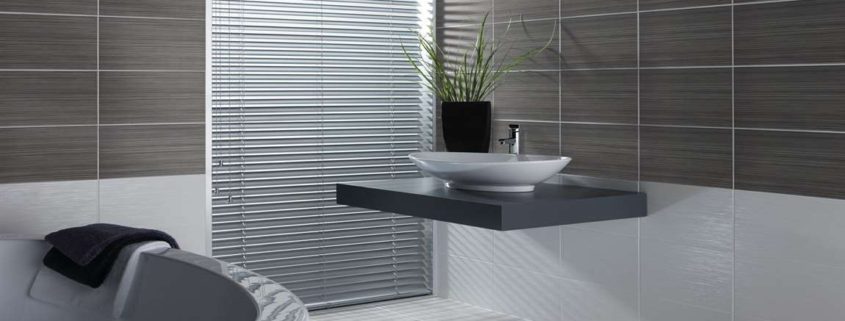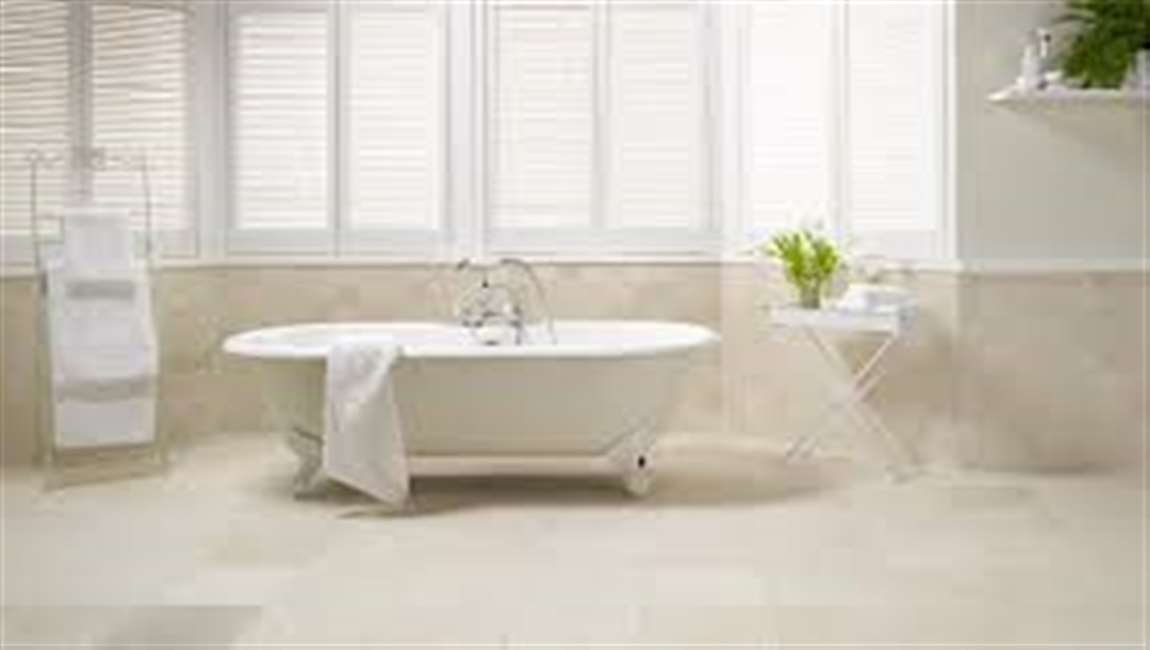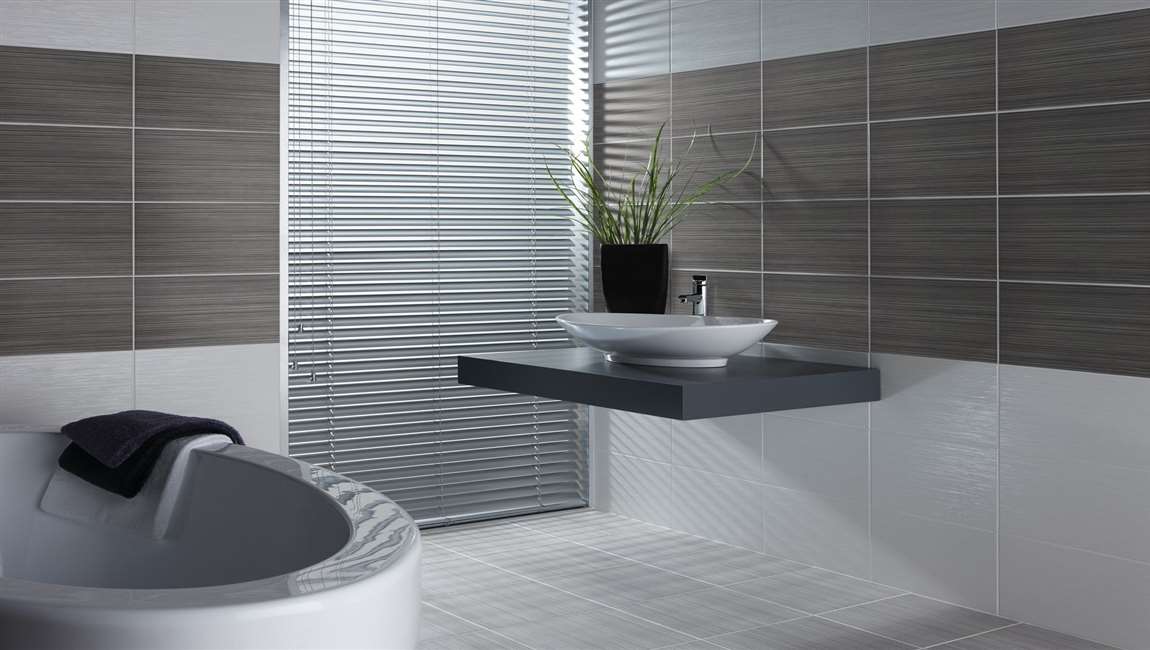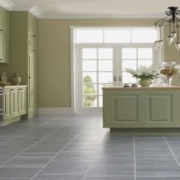How to Tell The Difference Between Porcelain and Ceramic Tiles?
Before you buy tile for a tiling project, you should be able to identify porcelain and ceramic tiles. Both are made from a mixture of clays and other materials, then kiln-fired. Both porcelain and ceramic tile are in the category of “ceramic tile.” Ceramic tiles are divided into two groups: non-porcelain tiles (or ceramic) and porcelain tiles. In general terms, porcelain tiles are a higher quality and more resistant to damage, since they’re fired in a kiln at higher temperatures and made of less porous materials.
Note the location in which the tiles have been installed. Ceramic and porcelain tiles are each better suited to distinct locations in a home. Porcelain is often installed in laundry rooms, bathroom floors, bathroom walls, shower stalls, and around bathtubs. Porcelain tile is more durable than ceramic because of its hardness, and porcelain is also more resistant to moisture. Ceramic tile, on the other hand, is most often installed as flooring in high-traffic areas such as an entry way or a heavily-used hallway.
See if the tiles are stained or discolored. If so, they’re almost certainly ceramic. Porcelain tiles are very dense and have been designed to be impervious to stains. So, most staining substances (e.g., red wine) can be wiped off of them easily. Ceramic, on the other hand, is light, porous, and can absorb staining materials relatively easily. Stains on ceramic tiles could also come from foot traffic (dirt, mud, snow, etc.) if the tiles are located in an entryway.
Inspect the faces of the tiles for uniform size and shape. The “face” of the tile is the top portion which faces upward or outward on installed tiles. Porcelain tiles have sharply-formed faces which are all exactly uniform in size. Due to their durability, porcelain tiles can be “rectified,” or cut to highly specific dimensions for complete uniformity. This also allows the porcelain tiles to be grouted together with only small gaps between tiles. If there is any discrepancy between the size of the tiles, you’re dealing with ceramic tile.









